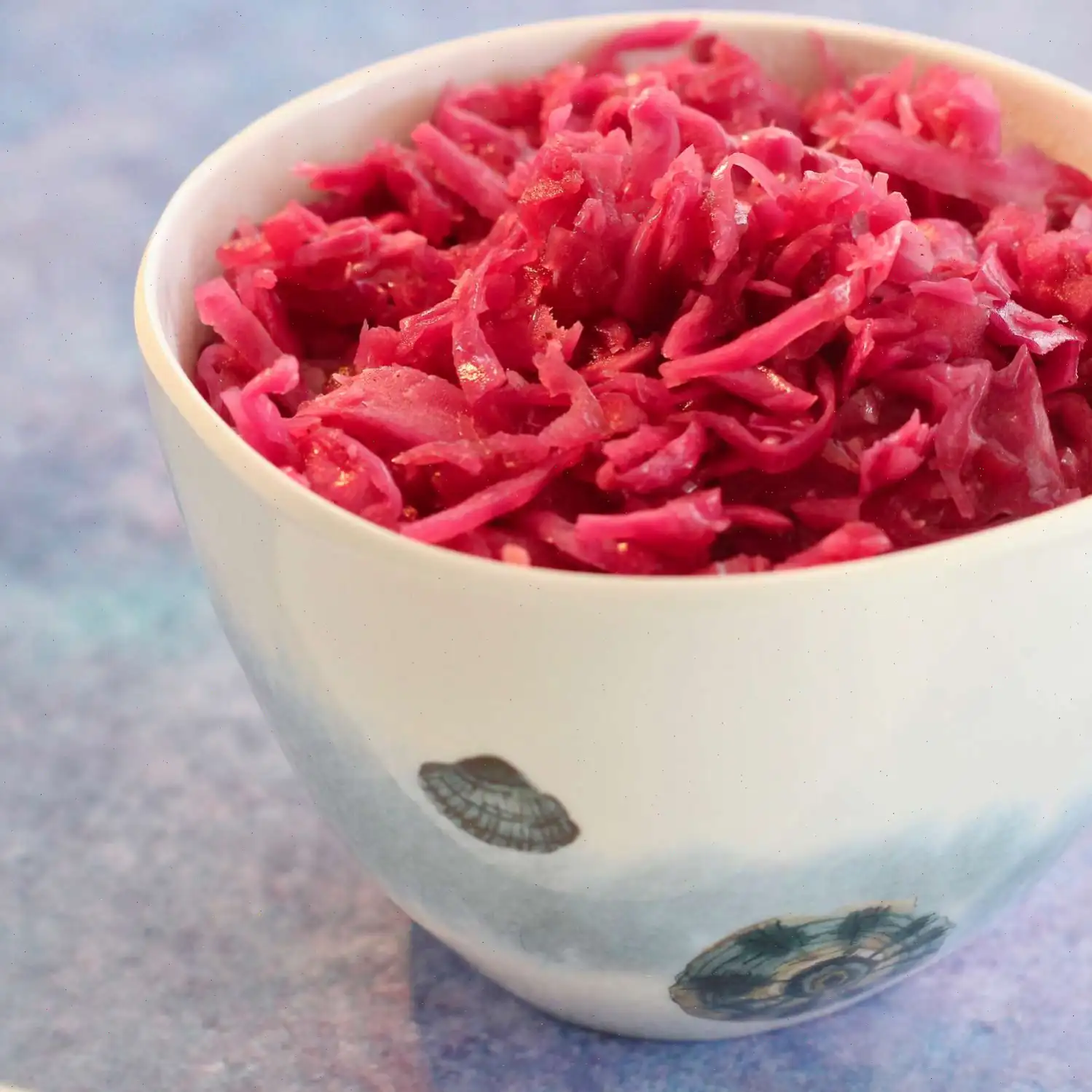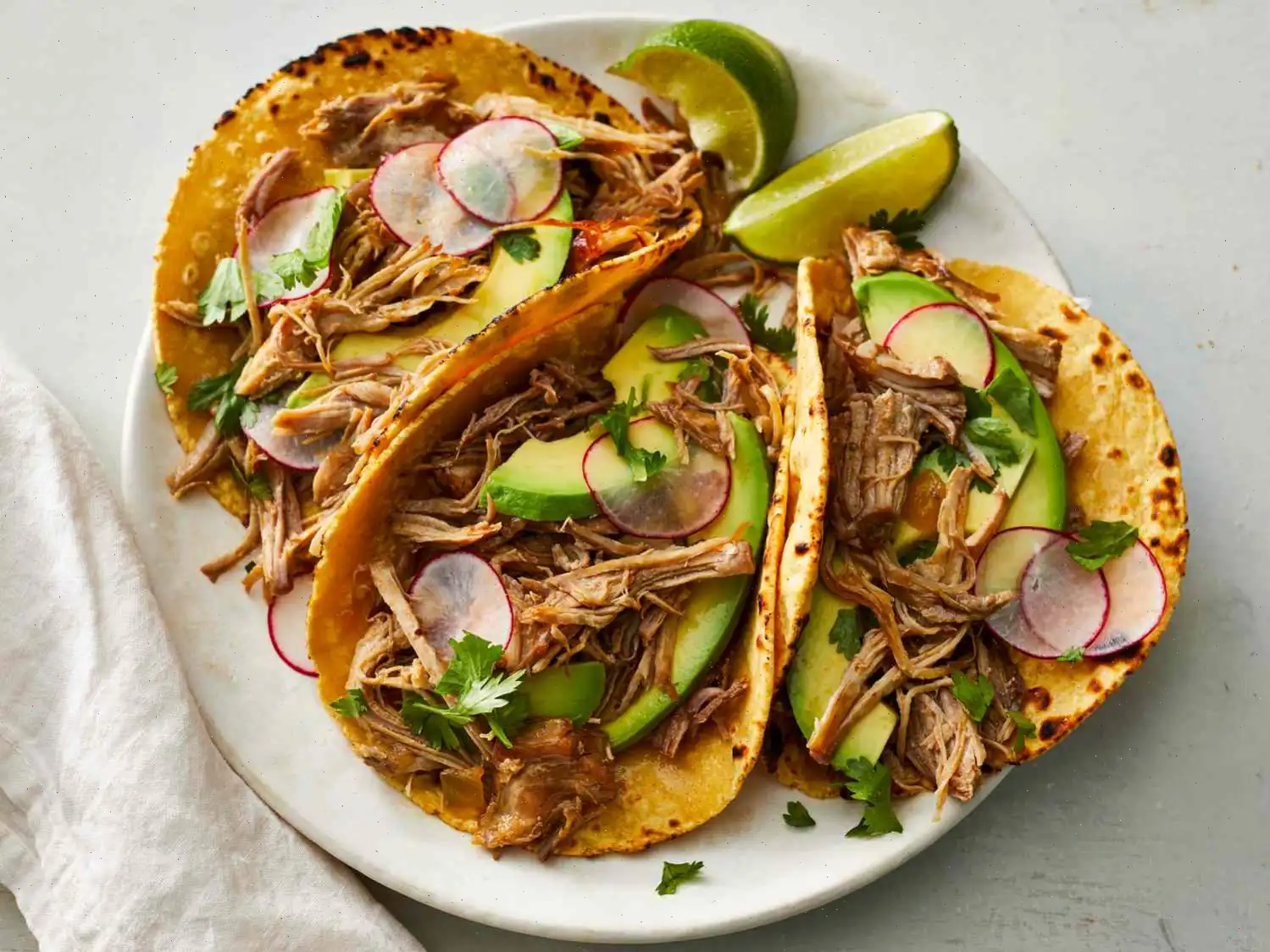
Michigan Olive Burger Recipe
Ingredients
- 4 ounces cream cheese, softened
- 1/4 cup mayonnaise
- 1/2 cup sliced green olives with pimientos
- 1 tablespoon olive brine
- 1 tablespoon cherry pepper hoagie spread
- 1 1/4 pounds ground beef
- Salt and freshly ground black pepper, to taste
- 4 slices Swiss cheese
- 4 hamburger buns
- 1 cup chopped iceberg lettuce
Directions
- In a medium bowl, mix together the softened cream cheese and mayonnaise until smooth and creamy. Stir in the sliced olives, olive brine, and cherry pepper spread. Cover and refrigerate until ready to use.
- Shape the ground beef into 4 even patties. Season both sides with salt and pepper.
- Heat a large skillet over medium-high heat. Place the patties in the skillet and cook undisturbed for about 4 minutes, until the bottoms are nicely browned. Flip the patties and reduce the heat to medium.
- Continue cooking until an instant-read thermometer inserted into the center reaches at least 160F (70C), about 3-4 minutes. Place a slice of Swiss cheese on each patty and let it melt.
- Assemble the burgers: place each patty on a bottom bun, generously spread the olive mixture on top, add chopped lettuce, and crown with the top bun. Serve immediately.
Nutrition Facts (per serving)
- Calories: 990
- Total Fat: 64g (82% DV)
- Saturated Fat: 24g (122% DV)
- Cholesterol: 200mg (67% DV)
- Sodium: 1443mg (63% DV)
- Total Carbohydrate: 43g (16% DV)
- Dietary Fiber: 3g (10% DV)
- Total Sugars: 8g
- Protein: 59g (118% DV)
- Vitamin C: 9mg (10% DV)
- Calcium: 516mg (40% DV)
- Iron: 7mg (39% DV)
- Potassium: 850mg (18% DV)
History and Origins of the Michigan Olive Burger
The Michigan Olive Burger has a unique place in American culinary history. Its origins trace back to the mid-20th century in the Upper Midwest, particularly the Detroit metropolitan area. This burger became popular in local diners and drive-ins, where inventive cooks sought to differentiate their offerings from the standard cheeseburger. The signature cream cheese and olive spread, combined with cherry peppers, reflects the region's love for bold, tangy flavors paired with hearty meats. Over the decades, it evolved from a local specialty to a beloved staple for Michigan residents.
Regional Variations and Characteristics
While the classic Michigan Olive Burger includes a beef patty, Swiss cheese, lettuce, and the distinctive olive spread, local variations abound. Some regions prefer adding pickles, onions, or even bacon to enhance the savory profile. In Northern Michigan, lighter versions might substitute the beef with turkey or chicken, while Metro Detroit diners often maintain the traditional beef patty to preserve authenticity. The use of pimento-stuffed green olives is the defining regional characteristic, setting it apart from other American burger varieties.
Differences from Similar Dishes
The Michigan Olive Burger is often compared to other cheeseburgers or olive-based sandwiches, but it stands out for its creamy olive spread. Unlike a standard olive-topped burger, the olives are finely chopped and blended with cream cheese and mayonnaise, creating a spreadable condiment that melts into the meat. This contrasts with Mediterranean-style olive burgers, which often use whole olives as a garnish rather than a creamy filling. The result is a rich, tangy, and slightly spicy burger experience unique to Michigan.
Typical Serving Locations
This burger is commonly served in local diners, casual eateries, and drive-ins throughout Michigan. It is especially popular in small towns where family-owned restaurants maintain traditional recipes. Some specialty burger joints also feature it as a signature menu item, often paired with French fries or onion rings. During state fairs and food festivals, the Michigan Olive Burger is a crowd favorite, celebrated for its nostalgic flavor and regional identity.
Interesting Facts
- The Michigan Olive Burger is sometimes called a "Detroit Olive Burger" in reference to its metropolitan roots.
- Despite the name, the use of olives in burgers is not widespread outside Michigan, making it a true regional specialty.
- The creamy olive spread can also be used in sandwiches or as a dip, showing its versatility beyond the burger.
- Local diners often pass down the recipe through generations, preserving subtle variations in spice levels and olive proportions.
- Food historians credit post-World War II Italian-American communities for popularizing the use of olives in local burgers.
FAQ about Michigan Olive Burger Recipe
Comments
Ruth Thomas
04/11/2025 08:54:02 PM
The spread itself is so delicious that it would make a fantastic sandwich on its own, even without the burger.
Brian Hernandez
12/19/2024 12:21:24 PM
I absolutely adored the flavors! I tried it with hamburger one day, and without the next, and I can't decide which one I like better. So delicious! 🤩
Victoria Martin
08/17/2022 08:35:02 AM
This was truly fantastic! If you enjoy olive burgers, this is a must-try!








